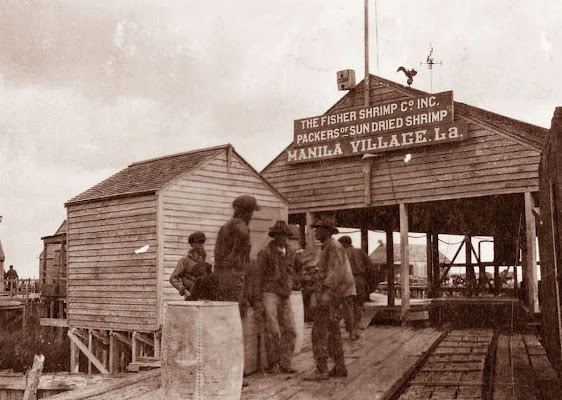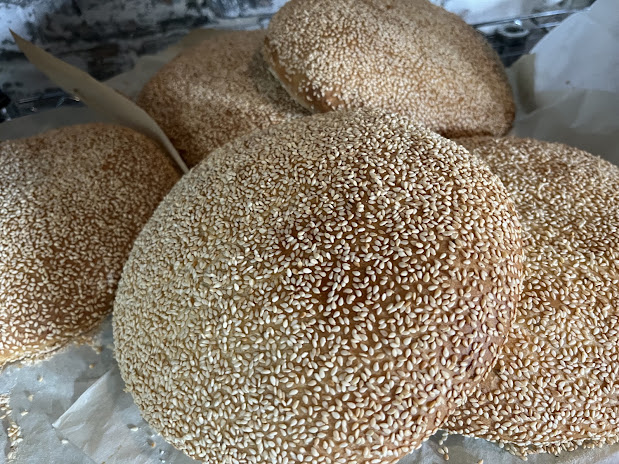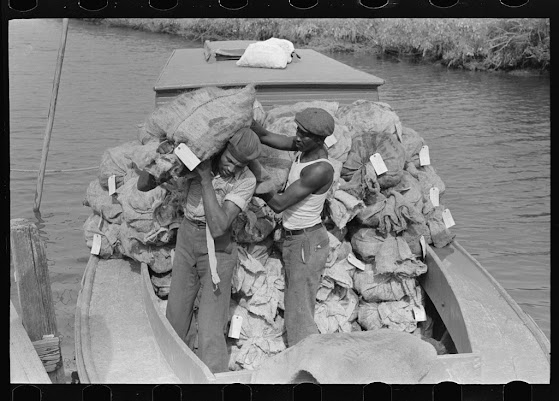Filipino Fisher Community, Manila Village
The Filipino fishing community in Louisiana, primarily from the Visayan islands, is a compelling narrative of migration, adaptation, and cultural preservation along the diverse coastline.
- The Manilamen: Shrouded in mystery, the tale of the oldest known permanent Asian American settlement mirrors the murky landscapes of its mosquito-infested marshland origins. Saint Malo, an 18th-century fishing village nestled along the shores of Lake Borgne in Louisiana, has etched its presence in history, persisting through the centuries until the 20th century. Named after its enigmatic leader, Juan San Maló, who led a community of Maroons (runaway enslaved individuals) seeking sanctuary in the marshlands, the settlement's origins are deeply rooted in intrigue. Saint Malo's pioneering inhabitants were the Filipino sailors and indentured servants who successfully escaped the clutches of Spanish Galleons in the 1700s. Renowned in historical annals as the Manilamen, derived from the capital city of the Philippines, they carved a unique legacy in the heart of the Louisiana marshes.
- 20th Century Migration: Filipino immigration to Louisiana in the early to mid-20th century was driven by economic aspirations. Immigrants sought new opportunities, with roots predominantly from the Visayan region.
- Fishing Industry: Drawn by Louisiana's abundant aquatic resources, Filipino immigrants contributed significantly to the thriving fishing industry, engaging in shrimping, crabbing, and oyster harvesting. Their deep-rooted fishing tradition became a valuable asset.
- Community Establishment: Settling in coastal communities across Louisiana, Filipino immigrants formed tight-knit enclaves where mutual support, cultural practices, and strong connections to the fishing industry flourished.
- Cultural Preservation: Determined to preserve their heritage, the Filipino fishing community embraced traditional holidays, music, dance, and cuisine, with the Catholic faith playing a pivotal role.
- Culinary Influence: Beyond the community, Filipino cuisine enriched Louisiana's culinary landscape. Introduced dishes, flavors, and cooking techniques became integral to the state's gastronomic tapestry.
- Challenges: Like many fishing communities, the Filipino fishing community faced challenges such as hurricanes and evolving regulations. Their resilience and adaptability enabled them to persist in fishing traditions while maintaining cultural identity.
- Legacy: In contemporary Louisiana, descendants of Filipino immigrants remain pivotal contributors to the state's fishing industry, cultural mosaic, and culinary heritage. Organizational initiatives and cultural events testify to their enduring contributions, ensuring a rich cultural legacy.
Louisiana's Filipino fishing community exemplifies resilience and cultural richness, contributing significantly to the state's cultural and economic fabric. From 20th-century migration to contemporary contributions, their lasting impact is evident in the state's fishing industry and diverse culinary landscape.




Comments
Post a Comment